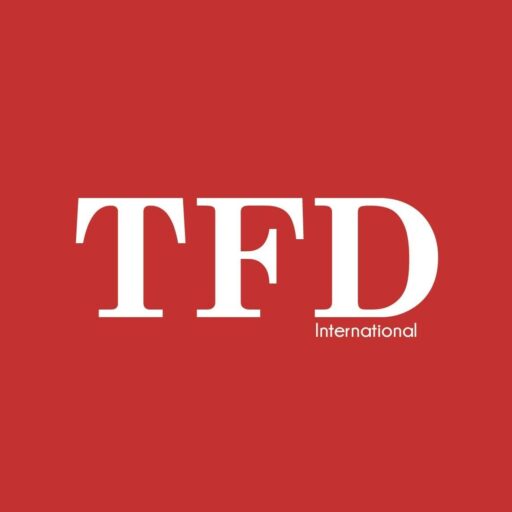Though the contemporary world might have considerably bridged traditional and territorial divisions, the gender divide remains significant in all sociopolitical settings, including workforce participation, position, and plight. That is to say, workforces across the world still stand rigged against women in terms of participation, position, and suitability of the environment.
The World Economic Forum’s Global Gender Gap Report (2023) reveals that only 32% of senior leadership positions are held by women, with women occupying just 28% of corporate director roles and leading only 10% of Fortune 500 companies. These figures underscore the need for measures to ensure equitable career advancement. A major barrier is the “broken rung” phenomenon identified in McKinsey & Company’s “Women in the Workplace” report, which shows that for every 100 men promoted to manager, only 87 women receive similar promotions, with a greater disparity for women of color.
A recent global survey by the ILO, LRF, and Gallup found that 23% of workers have experienced workplace violence and harassment, including psychological, physical, and sexual abuse. Psychological violence was most common, affecting 17.9% of workers, while 6.3% experienced sexual harassment, especially among young and migrant women. Over 60% of victims faced multiple incidents, but only half reported them due to fear, stigma, or distrust in institutions. The report emphasizes the urgent need to implement ILO Convention 190, which guarantees a workplace free from violence and harassment.
The gender wage gap is a significant issue, with women earning, on average, 20% less than men for the same work, according to the International Labour Organization (ILO). This gap is even wider in STEM fields, where women are underrepresented. The Economic Policy Institute notes that Black women in the U.S. earn just 64 cents for every dollar earned by white men, while Latina women earn only 57 cents. Despite economic theories that attribute wage gaps to differences in education and experience, research shows that women with equivalent qualifications still earn less. Unconscious bias significantly hinders workplace equality. A Harvard Business Review study found that women’s meeting contributions are often overlooked or interrupted. The “Heidi vs. Howard” experiment from Columbia Business School showed that identical resumes were viewed differently based on whether the name was male or female.
The “motherhood penalty” significantly worsens workplace inequalities. Studies indicate that working mothers are less likely to receive promotions due to assumptions about their commitment, while fatherhood often enhances men’s professional opportunities. Research published in the American Economic Journal reveals that women’s earnings can drop by 60% within six years of having their first child, whereas men’s salaries typically remain stable or even increase. To address this issue, countries like Sweden and Canada have implemented generous paid parental leave policies, encouraging both parents to share childcare responsibilities and helping to mitigate career setbacks for women.
Also, workplace culture plays a crucial role in either reinforcing or dismantling gender disparities. Toxic work environments characterized by discrimination and harassment push women out of the workforce. A study by MIT Sloan found that workplace toxicity is a primary driver of employee turnover, with women leaving at disproportionately higher rates.
Globally, several nations and corporations have embraced progressive policies to bridge the gender gap. Regular pay equity audits, championed by companies such as Microsoft and Unilever, have proven effective in addressing wage disparities. Leadership development initiatives, including structured mentorship and sponsorship programs implemented by IBM and Deloitte, have facilitated greater female representation in executive roles. Gender quotas in Norway, France, and Germany have also enhanced diversity at the highest decision-making levels, setting a precedent for other nations to follow.
Legal frameworks are essential for workplace equality. Key international conventions, such as CEDAW and ILO Conventions No. 100 and 111, mandate equal pay and prohibit discrimination. The EU Gender Equality Directives and the UK Equality Act 2010 promote pay gap transparency and fair workplace practices. In the US, the Equal Pay Act of 1963 and Title VII of the Civil Rights Act of 1964 ban wage discrimination and harassment. Canada’s Employment Equity Act ensures equal opportunities for underrepresented groups, while countries like Norway, Germany, and France implement gender quotas to enhance female leadership.
Achieving gender equality in the workplace is essential for both ethical and business reasons. McKinsey research shows that companies with diverse leadership teams outperform their competitors by 25%. To foster a culture where talent overcomes gender, it is crucial to address barriers such as the glass ceiling, gender pay gap, and unconscious bias. By implementing inclusive policies and best practices, organizations can create environments where everyone thrives, leading to a more equitable and diverse future.
Sign in
Welcome! Log into your account
Forgot your password? Get help
Password recovery
Recover your password
A password will be e-mailed to you.





